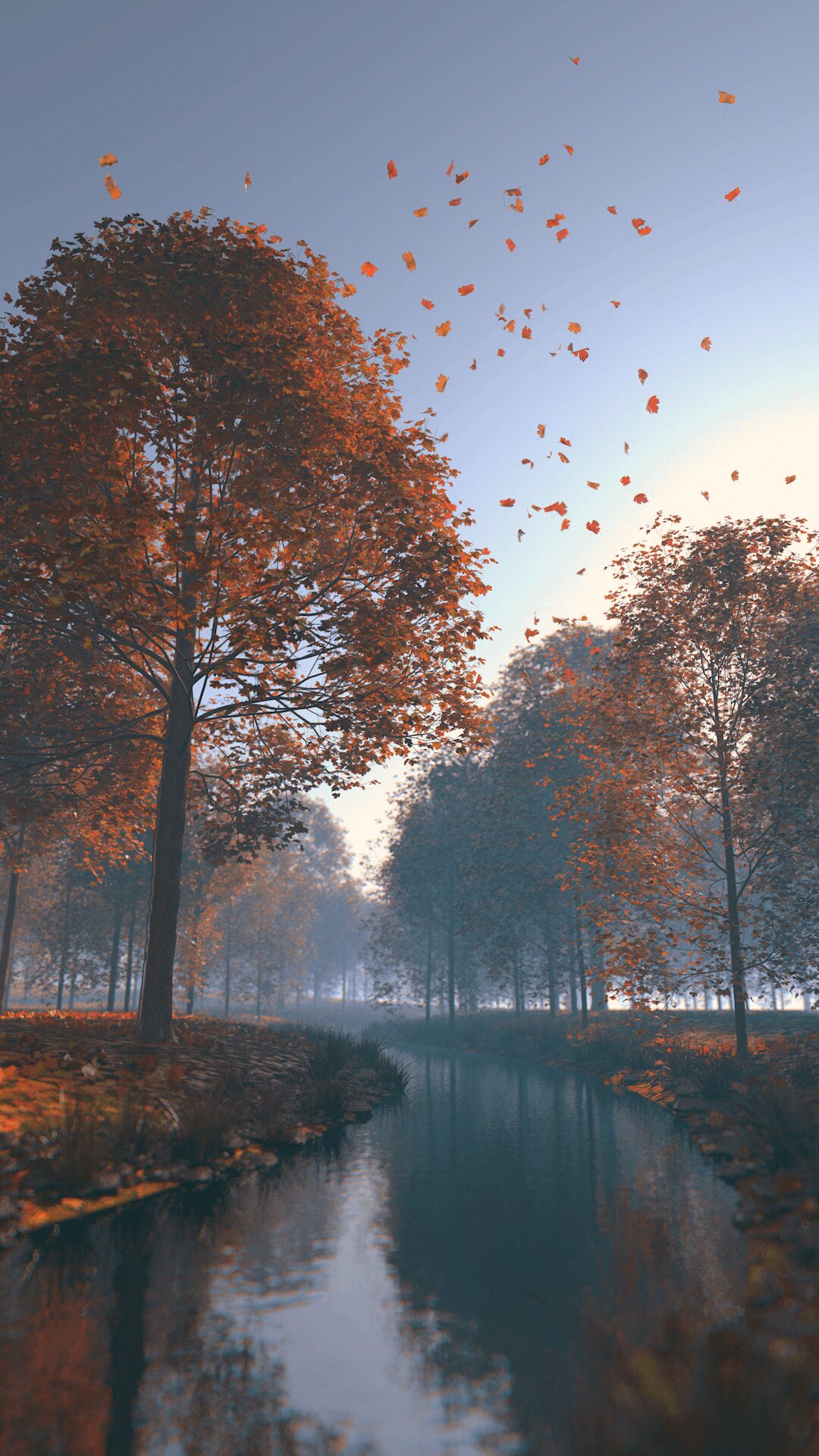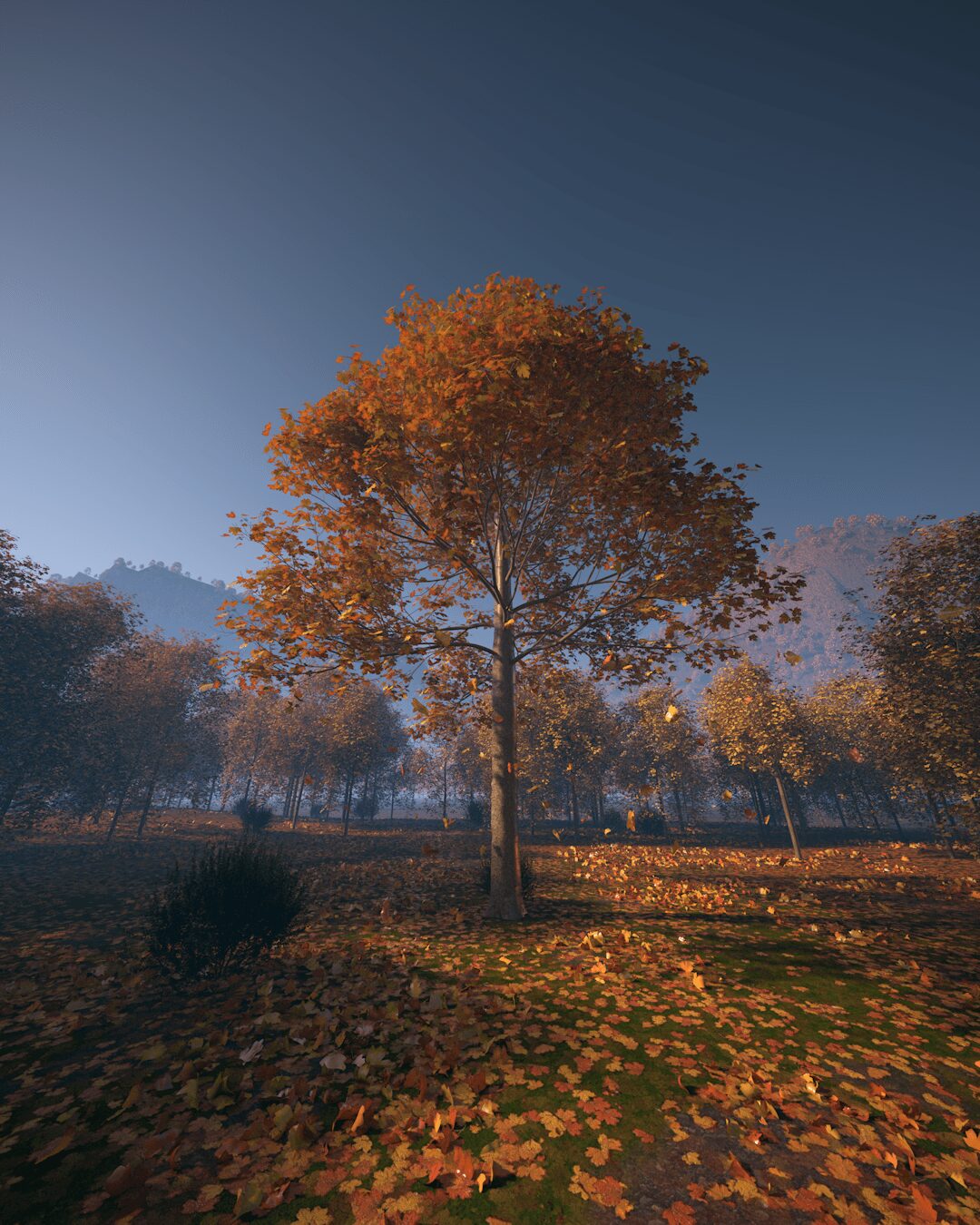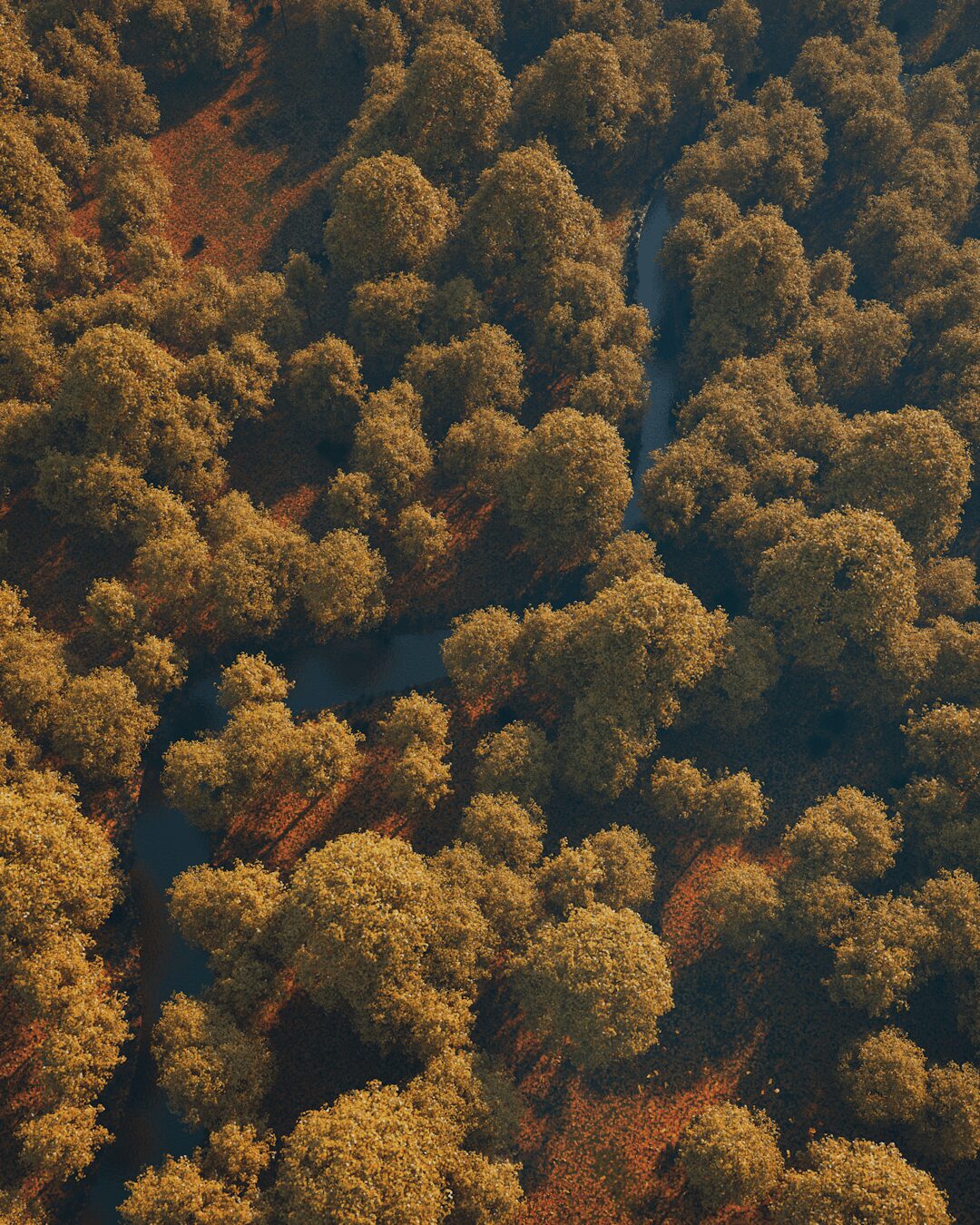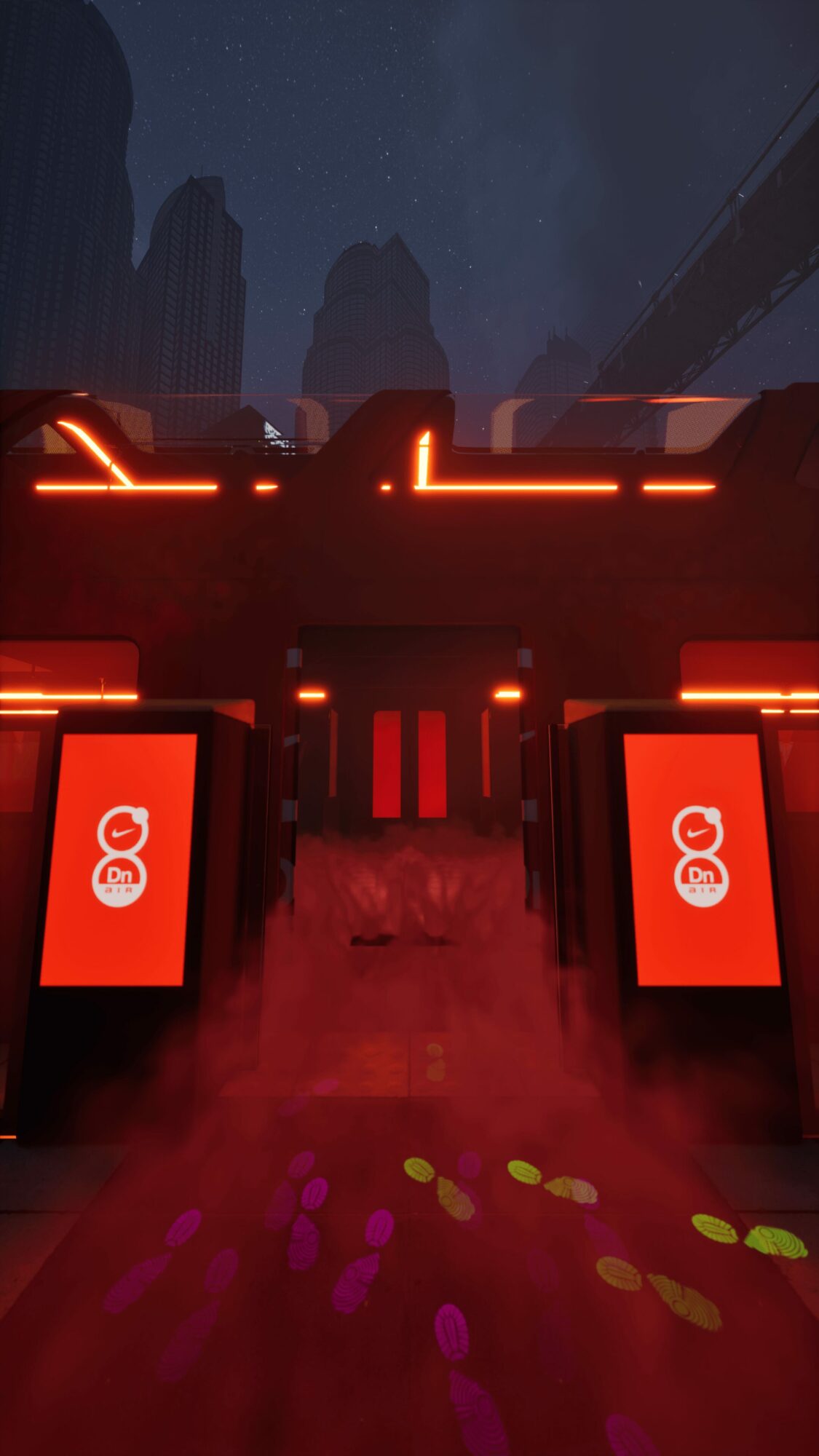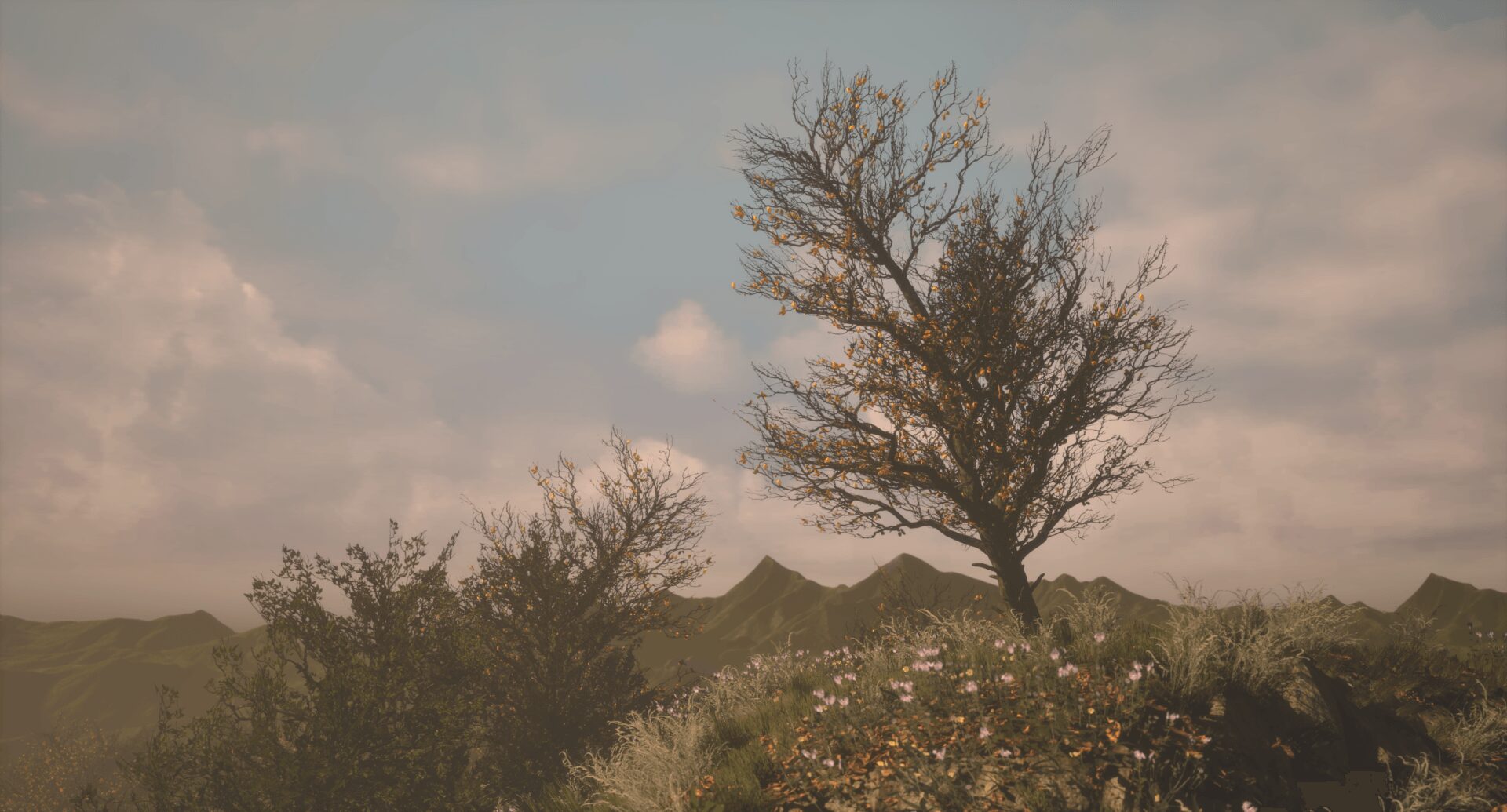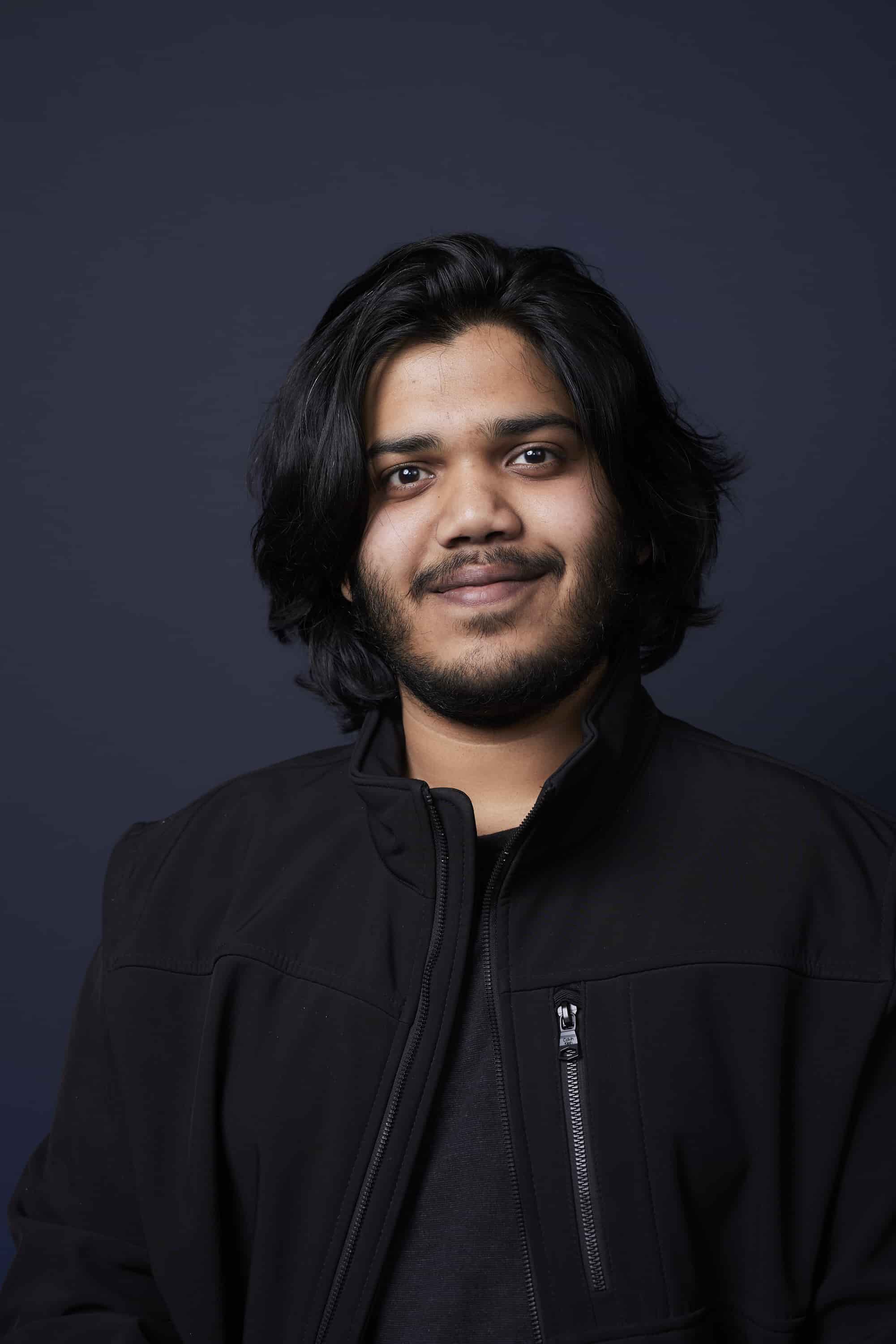

Today we’d like to introduce you to RahulRaj Macha.
Hi RahulRaj, we’re thrilled to have a chance to learn your story today. So, before we get into specifics, maybe you can briefly walk us through how you got to where you are today?
My journey into VFX and game development started with a deep love for storytelling and visual design. I did my undergrad in Animation and VFX from Annapurna College of Film and Media in India, and then went on to pursue my Master’s in Game Development from SCAD in the US. That combination of education really gave me a strong foundation in both cinematic storytelling and interactive world-building.
Professionally, I’ve had the opportunity to work across both film and games, which has been a huge part of shaping the artist I am today. I worked at DNEG as a Senior Unreal Artist, where I was one of the first six people to help build out their Virtual Production department from the ground up. It was a crazy but rewarding experience — we were setting up pipelines, collaborating with every department, and basically rethinking how major film productions could happen in-engine.
During that time, I got to work on some incredible projects like Netflix’s Avatar: The Last Airbender, Sonic the Hedgehog 2, Time Bandits, and Here. Those experiences really sharpened my technical skills in Unreal, Houdini, and asset optimization — but also taught me how to tell stories visually, under tight deadlines, at the highest level of polish.
Right now, I’m working independently as a freelance artist in the visual effects space. I take on a mix of projects — from cinematic sequences and virtual production work to real-time environments and stylized animations. I’m especially drawn to projects that blur the lines between film and games, and I try to bring a strong design sensibility and technical backbone to everything I work on. Freelancing has also given me the flexibility to collaborate with studios around the world and be a part of really varied and exciting work.
Can you talk to us a bit about the challenges and lessons you’ve learned along the way. Looking back would you say it’s been easy or smooth in retrospect?
it definitely hasn’t been a smooth road, but I think that’s true for most people working in a creative field.
One of the biggest challenges early on was just figuring out how to break into the industry, especially coming from India and trying to transition into international markets. There’s this huge learning curve, not just in terms of skill, but also in understanding how the industry works, what studios expect, how to present yourself, and how to network. I had to make a lot of mistakes to figure that part out.
Another tough part was navigating visa and work restrictions in the US after my Master’s. There was a long stretch of time where I couldn’t work due to visa limitations, which can be incredibly frustrating when you’re trying to build momentum in your career.
Freelancing comes with its own challenges too — managing inconsistent work schedules, negotiating fair rates, and balancing multiple roles as both an artist and a small business. But over time, I’ve learned how to navigate those ups and downs better, and I’ve been lucky to find clients who value long-term collaboration.
What’s kept me going is the love for the work and a genuine excitement for the tools and technology. Every struggle has also been a learning opportunity, and I think that’s just part of the process.
As you know, we’re big fans of you and your work. For our readers who might not be as familiar what can you tell them about what you do?
Sure! So, I work primarily as a real-time artist and VFX generalist — most of my work lives at the intersection of games, virtual production, and cinematic storytelling. I specialize in Unreal Engine, and I’ve built a reputation for being someone who can take on highly technical scenes and still deliver something visually stylized and emotionally resonant. That balance — of tech and storytelling — is kind of my sweet spot.
A lot of my recent work has involved worldbuilding for cinematic sequences and high-end game environments, where I’m handling everything from lighting and materials to post-process effects and environment design. I also work with real-time workflows in virtual production, so things like integrating Niagara VFX, optimizing performance for LED walls, or simulating stylized lighting and camera passes — that’s a big part of what I do.
I’m especially proud of the projects I was part of during my time at DNEG, like *Avatar: The Last Airbender*, *Time Bandits*, and *Here*. Those were some of the most technically demanding things I’ve worked on, and they pushed me to really level up as an artist and problem solver.
What sets me apart, I think, is a mix of technical fluency and design sensibility. I come from both an animation and a game design background, so I think about visuals not just in terms of beauty, but also function — how they move, feel, and guide the viewer or player emotionally. I also really value clarity and communication, so whether I’m working with a large team or a solo client, I try to keep things smooth and collaborative from start to finish.
What sort of changes are you expecting over the next 5-10 years?
honestly, I think we’re already starting to see some of the big shifts that will define the next 5–10 years.
Real-time tools like Unreal Engine are becoming the backbone of not just games, but film, animation, virtual production, and even architecture and automotive design. The lines between industries are blurring — a VFX artist might work on a film one month, a game the next, and an AR installation after that. That kind of cross-pollination is only going to grow.
AI and procedural tools are also going to continue reshaping workflows. They’re not replacing artists, but they’re definitely changing how we create. Things like procedural world generation, machine learning-based animation tools, and generative design systems are cutting down production times and opening up new creative possibilities. The artists who thrive will be the ones who learn to steer those tools — not fight them.
Another big trend I see is the rise of solo or small-team creators building out full cinematic experiences, short films, or vertical game slices with a level of polish that was only possible for studios a few years ago. Tools are more accessible than ever, and with platforms like ArtStation, Itch.io, and Unreal Marketplace, artists can actually find an audience or even monetize their work without going through traditional gatekeepers.
Lastly, I think interactivity and immersion are going to become more central — not just in games, but in storytelling overall. Whether that’s through VR/AR, branching narratives, or hybrid media experiences, we’re moving toward a future where the audience plays a role in shaping the story.
It’s an exciting time. The pace of change is fast, but for artists who are adaptable and curious, it’s full of opportunity.
Contact Info:
- Website: https://rahulrajmacha.artstation.com/
- Instagram: https://www.instagram.com/rahulrajmacha/
- LinkedIn: https://www.linkedin.com/in/rahul-raj-macha/
